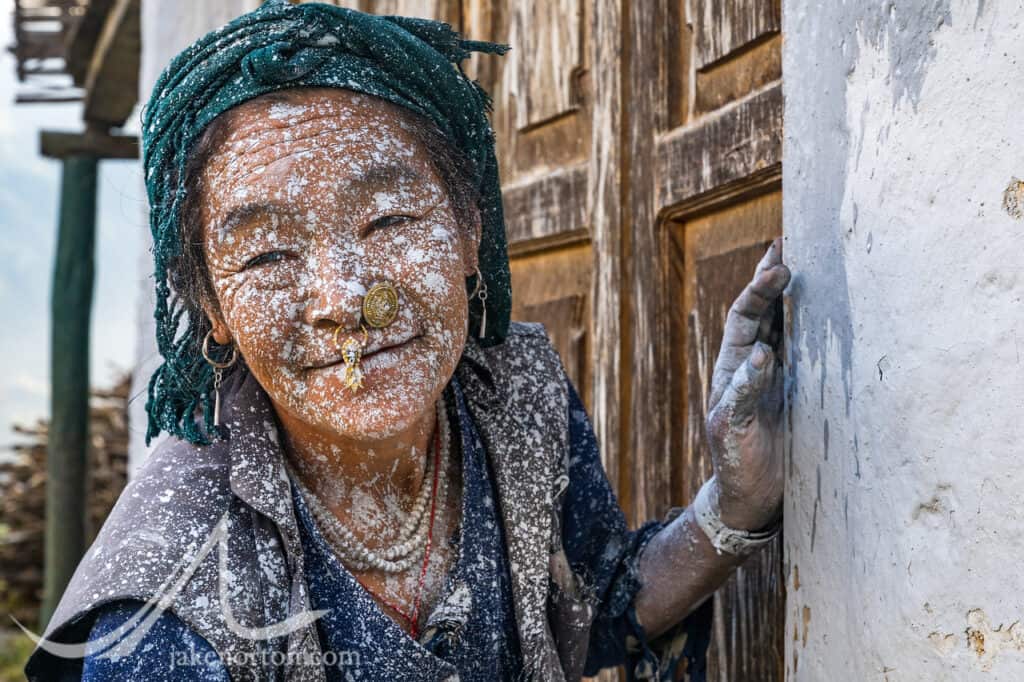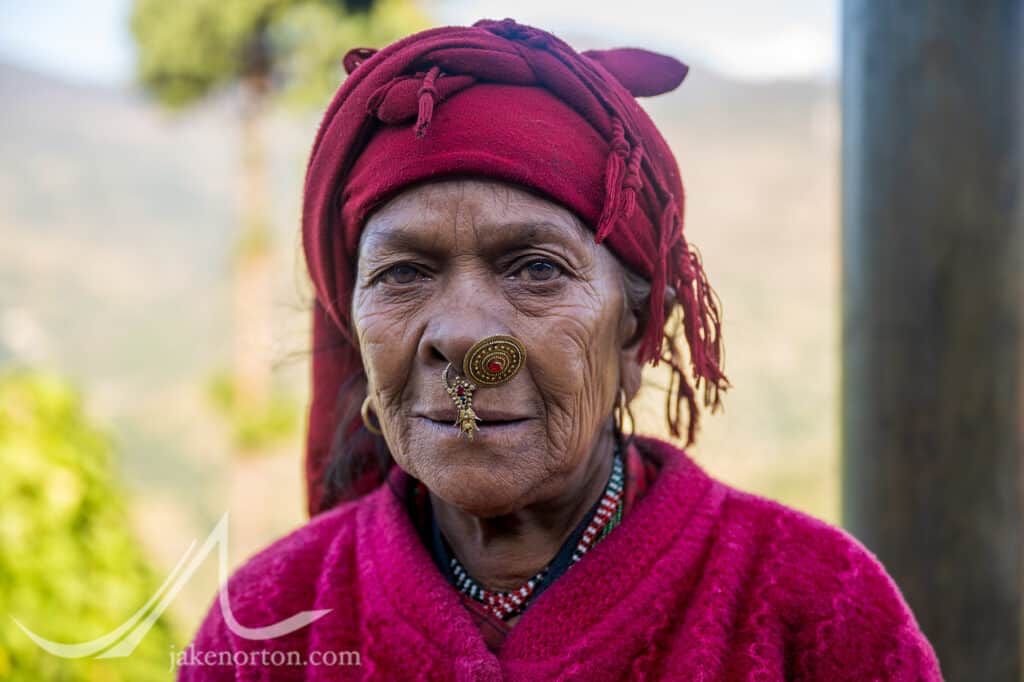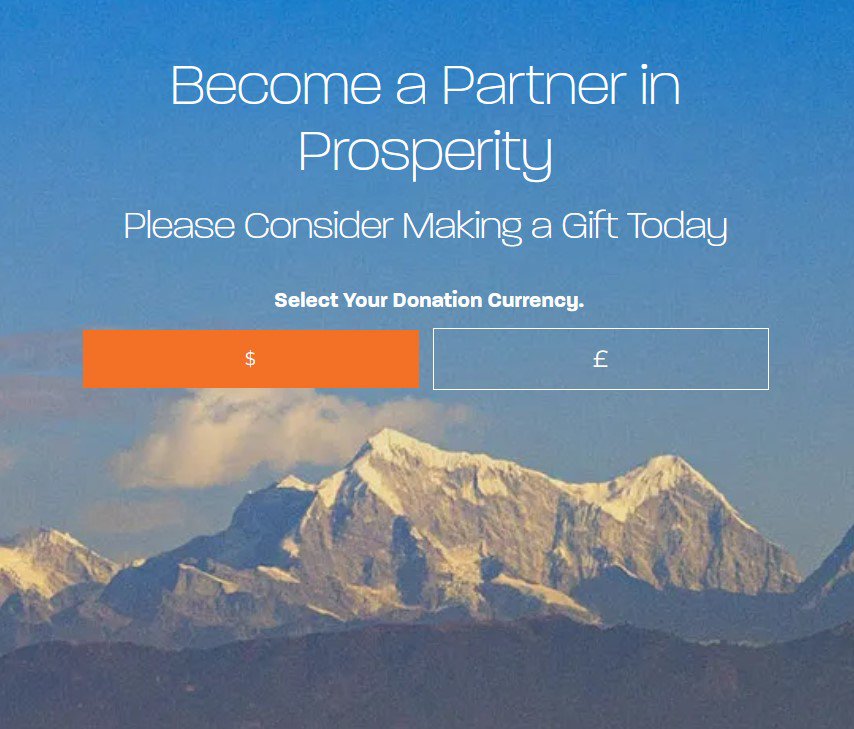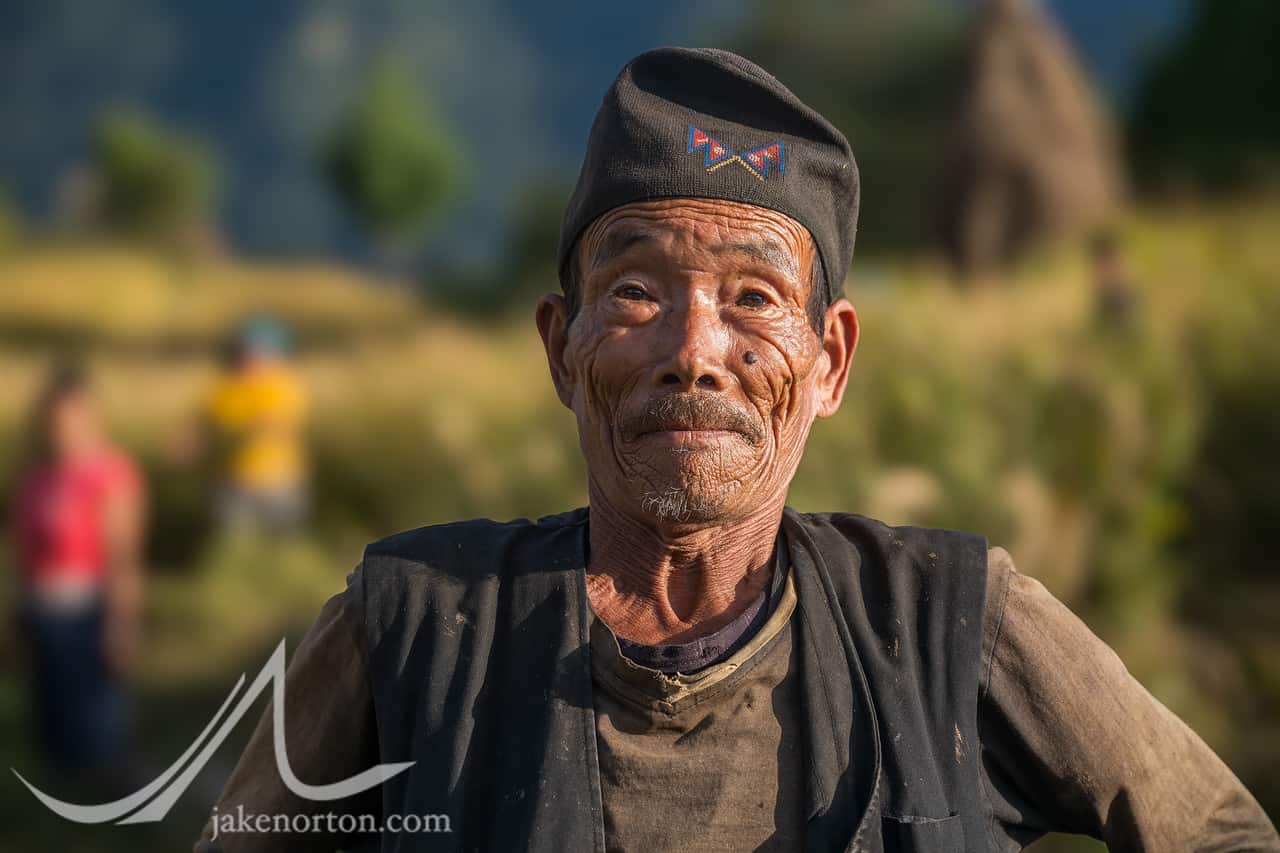A few weeks back, I gazed across a great gorge, that of the mighty, raging Hunku Khola.

Rushing waters coursing from the glaciers of Chamlang, Baruntse, Mera, and innumerable other high peaks carved the valley below me over eons. A spectacular feat of geology and hydrology, and an intimidating one for a trekker.
As I looked down from my perch in the village of Gudel, the words of the great H.W. Tilman rang true:
For dreadfulness nought can excel
- H.W. “Bill” Tilman, The Nepal Himalaya (archive version)
The prospect of Bung from Gudel;
And words die away on the tongue
When we look back on Gudel from Bung.
Indeed, Bung looked but a stone’s through away from Gudel - and it was, if not for the 2000 foot gorge between us.
Don’t get me wrong (or Tilman): it is a painfully beautiful hike from Gudel to Bung (and in reverse), a rugged meander through forests and fields, over swaying bridges and past rustic hamlets.

But, it underscored to me the remoteness of this corner of Nepal: Gudel and Bung are important government and commercial centers for the region, bustling with activity day in and out. Unlike many towns in the area, they have road access; nonetheless, it still takes 2 days of bone-shaking jeep rides to travel to Kathmandu, only 90 miles away as the crow flies.
Head in almost any direction from Gudel and Bung - upstream to Chheskam, southeast over the Salpa La to Bhojpur and communities like Chyaksila, southwest into Khotang, etc. - and the remoteness is magnified manifold, villages several days’ walk from a road, and far further from meaningful services.

Here, in Bhojpur, Khotang, and southeast Solukhumbu, life is a challenge, one rife with struggle: struggle to grow food, to earn money, to educate children and build a tomorrow that’s brighter than today, better than yesterday. The people here, mainly Rai along with some Tamang, Sherpa, and others, have one main ally in their struggle to improve their lives and communities: the dZi Foundation.
Over 25 years, dZi has honed its development model, focusing on true partnership with the 13 municipalities and 40,000+ people it serves daily, allowing them to identify the biggest struggles in their lives, individually and collectively, and then helping address those challenges in the most effective way possible.





In 30+ years of travel to Nepal, I’ve never seen development done in the country as well as it is with dZi. For dZi, development is a true collaborative process, and one which creates deep, meaningful, long-lasting and visible change in their communities. From truss bridges to farming cooperatives, earthquake-safe schools to a tap and toilet for every household, dZi brings about the changes, improvements, and possibilities communities need and want, creating futures once thought impossible.
I could go on and on, and will in later posts. But, for now, a request: Today, November 28, is Giving Tuesday, a day when the world comes together to support worthy causes. If you can, I ask that you join me in making a contribution to dZi and their game-changing work in rural eastern Nepal. I know there are myriad needs and causes these days, and it can be hard to discern which one is worthy of our limited resources. I can assure you that every penny given to dZi will make a resounding impact on their communities, and I thank you in advance for any amount you can donate.



